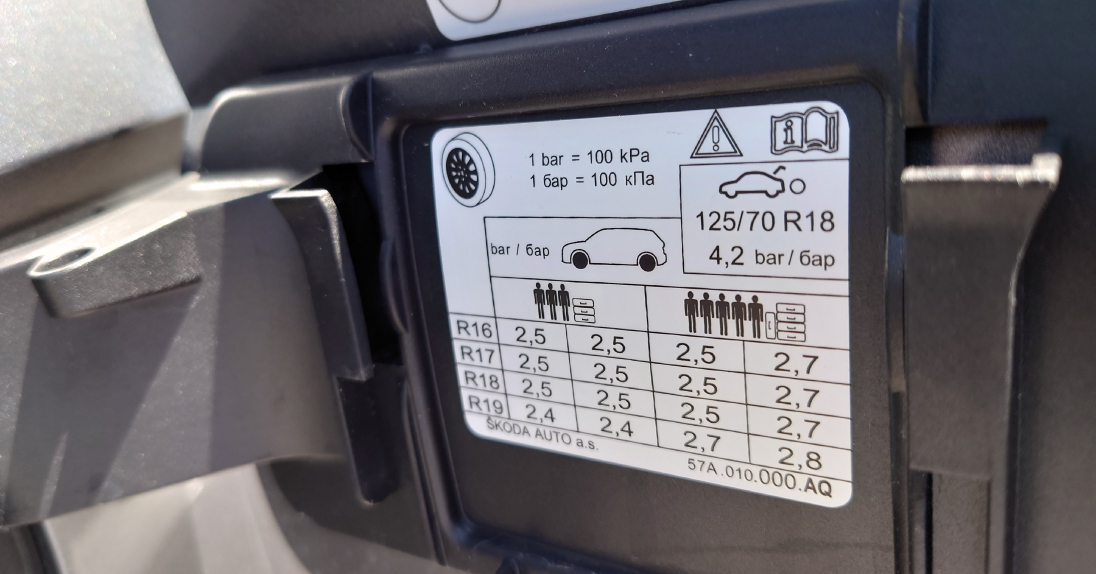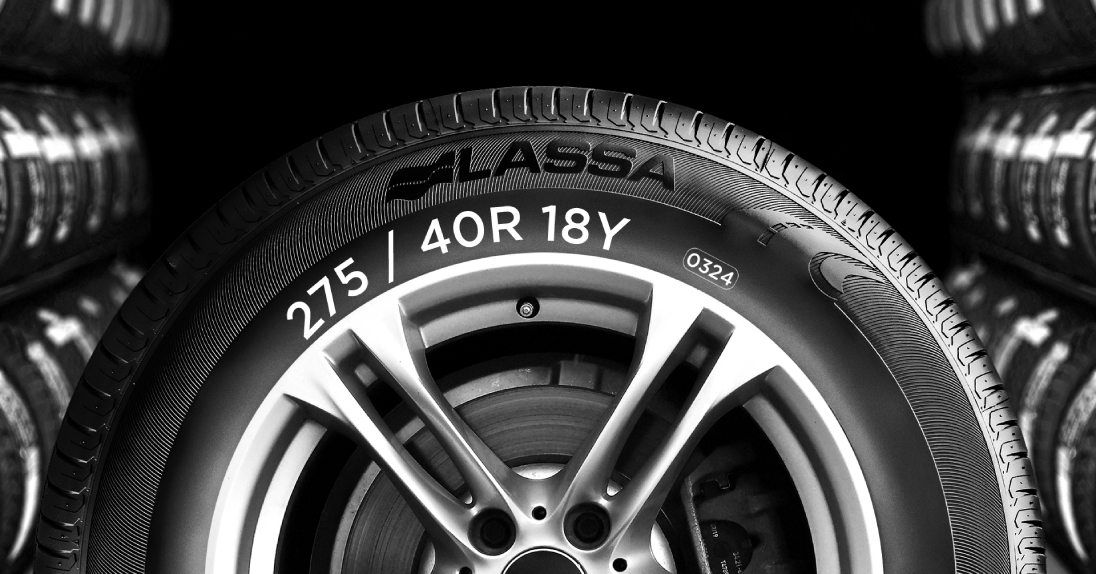You'll need to know what size tyres are appropriate for your car after you've decided it's time to purchase tyres. This information is normally found in your car's owner's handbook or inside the doorjamb. It's important to understand how tyre size works if you want to be sure your present tyre or a new tyre you're considering fits your vehicle's needs. You may not have given the string of numbers and characters on each tyre much thought, but it's a rich mine of information.
If you're not sure how to read tyre measures from your tyre walls, the information below will help you comprehend and interpret tyre size. If you wish to replace your tyres with a different size or type, visit an authorized tyre shop for professional advice, since many optional tyre sizes may have different load capabilities and may need wheels with various rim widths or diameters, as well as different inflation pressures.
Below are the important aspects when determining the tyre size appropriate for your car:

P-Metric or Euro-Metric tyres are standard on most passenger vehicles, SUVs, and light pickup trucks (1/2 ton and less). Before the number sequence starts on P-Metric tyres, you'll notice the letter "P": The Tyre and Rim Association has defined a P-metric designation for a "passenger vehicle" tyre type. There will be no preceding letter for Euro-Metric before the number series begins: 225/70R16 98H is the tyre size. The European Tyre and Rim Technical Organization has standardized the term "Euro-Metric" to refer to a "passenger vehicle" tyre. Tyres of the P-Metric and Euro-Metric sizes are generally intended for use on passenger vehicles, such as sedans, minivans, SUVs, and other light-duty pickup trucks.
The width of the right tyres for your vehicle, in millimeters, is the first number in your tyre size information.
The measurement from one sidewall to the next is always referred to as tyre width. As an example, a tyre with the designation "P225" is designed for passenger vehicles and has a nominal width of 225 millimeters.

The following number after the slash mark is the aspect ratio of the tyre, which effectively tells you how tall your tyre's profile is: P225/70R16 91S. The aspect ratios are expressed as a percentage. The aspect ratio is calculated by dividing the tyre's height off the rim by its width. The aspect ratio of a tyre is 70, which implies that its height is 70 percent of its width.
Most drivers are aware that not all tyres are created equal, and that the chances of a random tyre fitting your car are slim. The qualities of tyres are designed to suit driving in a variety of situations, from wet and frosty to Formula 1.